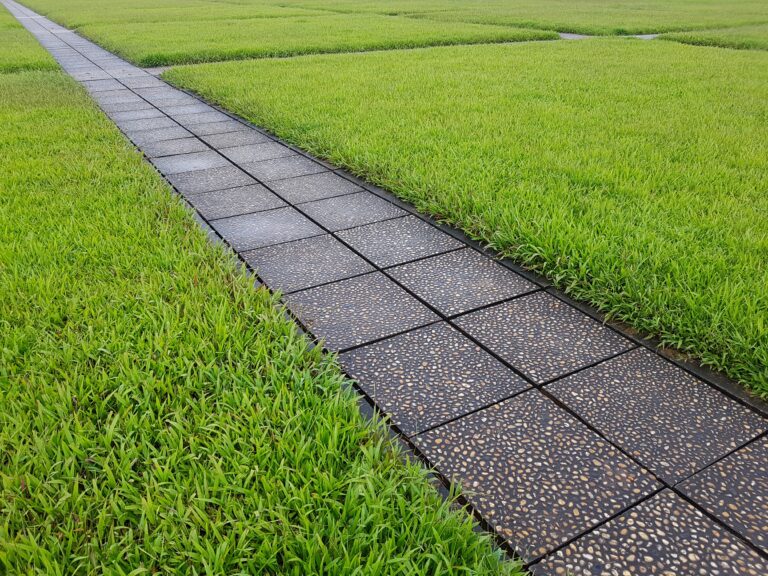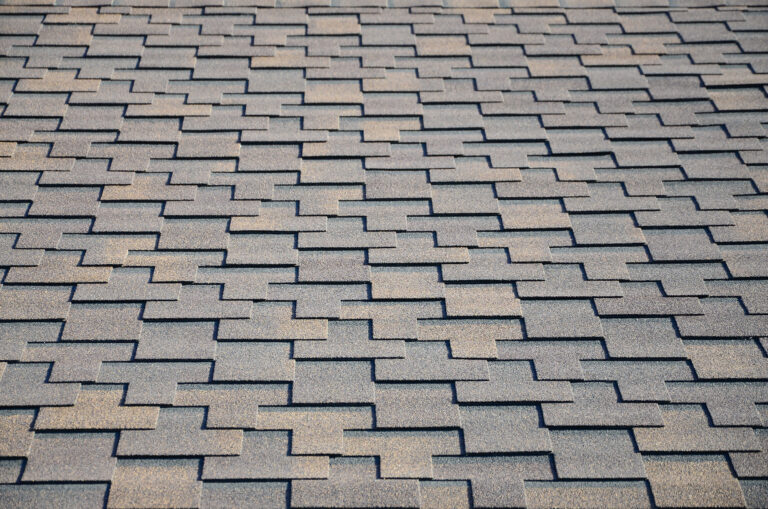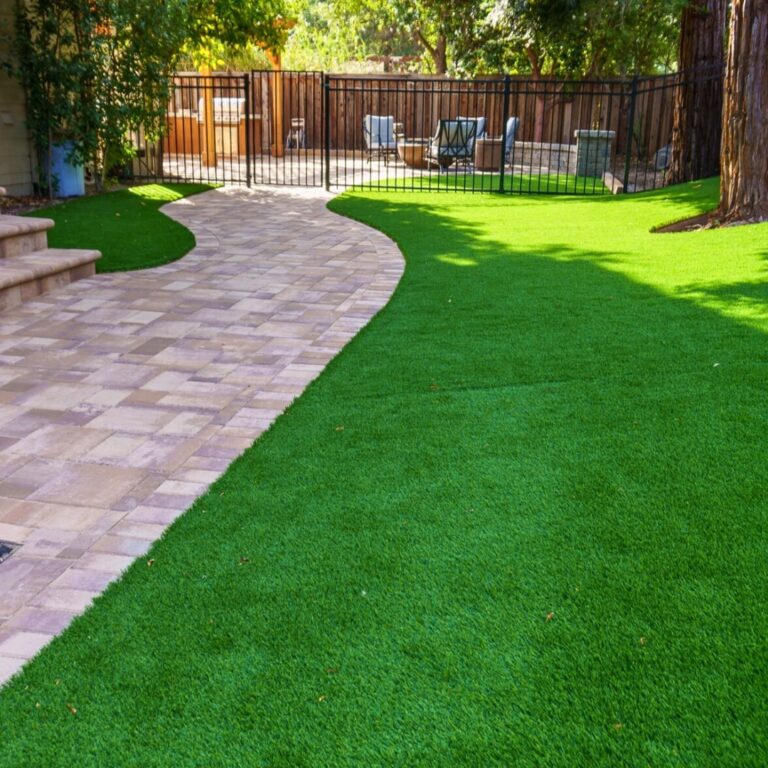How to Remove Stains from Pavers: Expert Tips for a Clean Finish

If you’ve got pavers on your patio or driveway, you know that stains can be a real hassle. Removing stains from pavers is essential to keep your outdoor spaces looking fresh and clean. Whether it’s oil, grease, or spills, the right approach can make a huge difference.
Start by identifying the type of stain on your pavers. This will help you choose the best cleaning method. For oil stains, a mixture of baking soda and water can do wonders. For more stubborn stains, you might need a specialized cleaner.
Knowing how to remove various stains will keep your pavers looking their best. Regular maintenance and the right cleaning techniques will ensure your patio or driveway remains spotless.
Identifying Different Types of Stains
Pavers can accumulate various types of stains over time. It’s important to know what kind they are to treat them effectively. Here are some common types of stains you might encounter.
Organic Stains
Organic stains come from natural materials like leaves, flowers, or berries. These stains are often tannin stains, which appear as brown or dark spots. Tannin is a natural compound found in plants, and when it comes into contact with moisture, it can leave marks on pavers.
To identify organic stains, look for color patterns that match the plants around the area. These stains usually come off with water and mild detergent. For tougher spots, a diluted vinegar solution can be helpful.
Oil-Based Stains
Oil-based stains are caused by substances like motor oil, food grease, or other oily materials. These stains appear dark and greasy, often looking wet even when dry. They can be tough to remove because oil seeps into porous surfaces.
To identify oil-based stains, look for areas that appear darker and greasier than the surrounding pavers. These stains often require a degreaser or a special cleaning product. On fresh stains, applying an absorbent material like baking soda or cat litter can help before scrubbing.
Rust and Mineral Stains
Rust and mineral stains occur due to metal objects or mineral-rich water. Rust stains are usually reddish-orange and come from items like iron furniture or tools left on the pavers. Mineral stains, often white or gray, occur due to water with high mineral content.
Identifying rust and mineral stains is straightforward. Rust has a distinctive reddish color, while mineral stains often look chalky or whitish. For rust, specific rust removers work best. Mineral stains can usually be cleaned with a mild acid like lemon juice or a commercial stone cleaner.
Essential Cleaning Tools and Materials
When cleaning pavers, having the right tools and materials is crucial. This section covers the necessary cleaners, protective equipment, and mechanical aids needed to effectively clean pavers.
Choosing the Right Cleaners
Using the correct cleaning solution is vital for removing different types of stains. For general dirt, a mix of household cleaners and water works well. Grease and oil stains need a degreaser. Paint stains can be challenging and might require a specialized cleaning product. Absorbent material like cat litter can help soak up fresh spills. Make sure the cleaning solution is appropriate for the material of your pavers.
Protective Equipment to Consider
When dealing with strong cleaners, wearing gloves is essential to protect your skin. If you use a pressure washer, consider wearing safety glasses to guard against flying debris. An old pair of shoes or boots can protect your feet from chemicals. Long sleeves are advisable to keep chemicals away from your skin.
Mechanical Cleaning Aids
Mechanical aids like a pressure washer can make the job faster and more efficient. For minor stains, a stiff brush or a wire brush may be enough. A scrub brush attached to a mop handle can help reach difficult spots. A bucket is useful for mixing cleaning solutions and rinsing pavers. Choosing a consumer-grade pressure washer can effectively remove deep-seated dirt and grime.
Step-by-Step Stain Removal Process
Here is a straightforward process for removing stains from pavers. It involves cleaning, applying appropriate cleaning agents, and post-cleaning care.
Initial Cleaning and Preparation
Start by sweeping the pavers to remove loose dirt and debris. This makes it easier to see the stains.
Use a garden hose to rinse the pavers with hot water. A mild detergent mixed with water can help with surface dirt.
For more stubborn stains, mix a small amount of dish soap in a bucket of warm water and scrub the area using a stiff-bristled brush. Avoid using metal brushes as they can damage the surface.
Applying Cleaning Agents
Different stains need different cleaning agents. For oil stains, apply baking soda directly to the stain, then scrub with a brush and rinse with hot water.
For mildew or organic stains, a solution of water and oxygen bleach works well. Mix according to the instructions on the package.
For tougher stains, such as rust or mortar, you may need to use muriatic acid. Always follow safety instructions, wearing gloves and eye protection.
Rinsing and Post-Cleaning Care
Rinse the pavers thoroughly with hot water to remove any cleaning agents. Make sure no residue remains as it can cause future staining.
Let the pavers dry completely. Inspect for any remaining stains and repeat the cleaning process if needed.
Apply a sealant to the pavers to protect them from future stains. Sealants can help repel water, oil, and other substances, making future cleaning easier. Regular maintenance, including sweeping and washing, will keep pavers looking their best.
Paver Maintenance and Prevention Tips
Regular cleaning is essential for keeping pavers looking good. Sweep the surface weekly to remove leaves, dirt, and debris. Wash the pavers with water and a mild detergent every few months to prevent buildup and stains.
Apply a sealer to protect pavers from stains and water damage. Sealants create a barrier, making it easier to clean spills. Typically, sealers need to be reapplied every 1-2 years.
Perform regular inspections to spot any issues early. Look for cracks, shifting, or loose pavers. Addressing problems early prevents larger, more costly repairs.
Consider environmental factors. For areas with high traffic or harsh weather, choose durable pavers and more rugged sealants. Avoid using de-icing salts in winter as they can damage pavers.
Place protective measures such as mats or pads under grills and heavy furniture. This prevents stains, scratches, and other damage.
Replace new paving stones as needed. If a paver is too damaged, replacing it with a new one can maintain the overall appearance and functionality.
By following these tips, pavers can remain beautiful and functional for many years.






